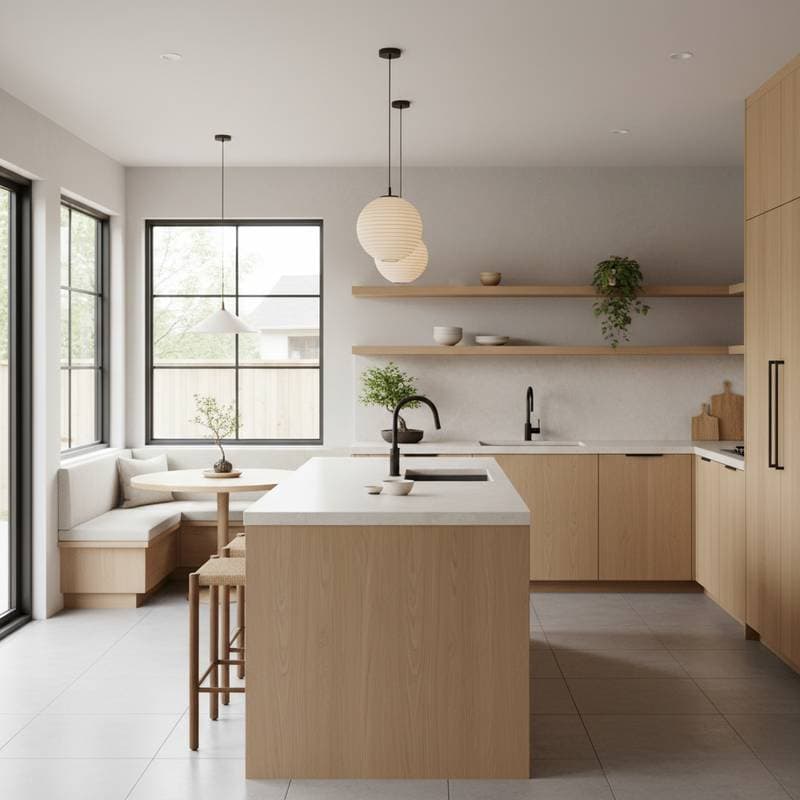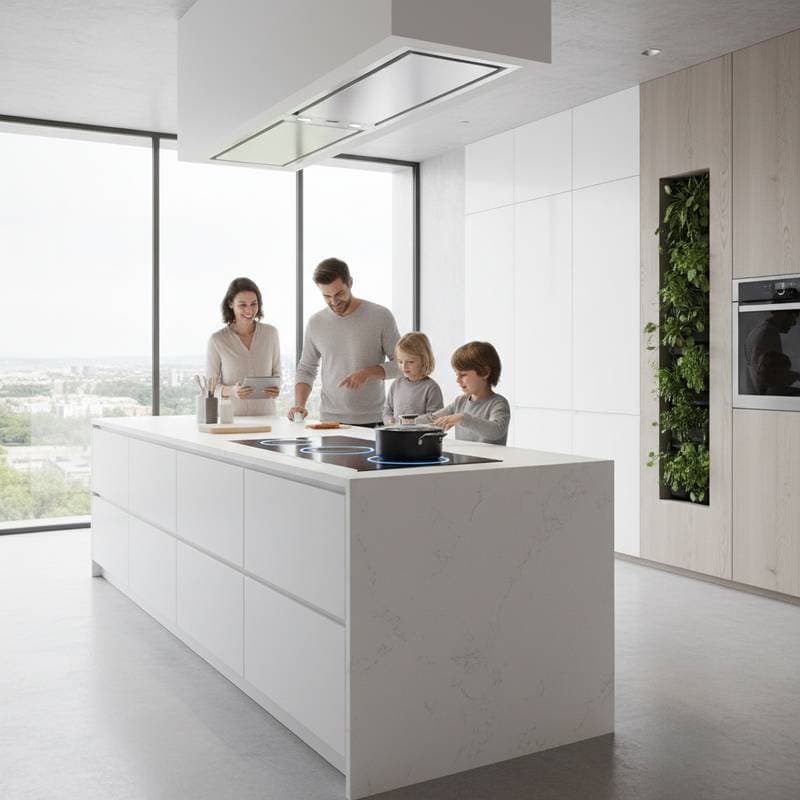Why Gas Stove Bans Mean Induction Cooktops for Homes
Imagine entering your kitchen and igniting the gas stove with its characteristic click and blue flame burst. This method seems straightforward and reliable. However, local or state regulations may soon eliminate gas connections in new constructions, prompting questions about alternatives like electric or induction cooktops and their value.
Nationwide, governments and building codes promote all-electric residences. Gas stoves, long prized for superior cooking capabilities, face criticism for health risks and environmental impact. This transition directs homeowners toward induction technology, an electric option that rivals gas in responsiveness and precision.
This article explains the reasons behind these policy shifts, the principles of induction cooking, and the practical effects on kitchens, finances, and routines.
Principles of Induction Cooking
For those accustomed to gas or traditional electric surfaces, induction appears enigmatic. No visible coils glow, and the cooktop remains mostly cool to the touch. Induction employs electromagnetic fields to warm cookware directly.
Position a pan of ferrous material, such as cast iron or magnetic stainless steel, over the induction area. The field activates molecules within the pan's base, generating immediate heat. Since warmth originates in the vessel, efficiency reaches high levels; nearly all energy targets the food rather than surrounding air.
This design enables quicker boiling than gas and finer control for delicate tasks like sauce reduction. To verify compatibility, attach a magnet to your pan's bottom; adhesion confirms suitability for induction.
Expenses and Setup Considerations
A standard four-burner induction cooktop ranges from $800 to $2,500, varying by manufacturer and capabilities. Portable single-burner versions begin at $60, offering an economical trial. In contrast, comparable gas models typically cost $600 to $1,500.
Expenses extend beyond the unit. Induction requires a 240-volt outlet, akin to electric ovens. If your setup features only a 120-volt line for gas ignition, hire an electrician for a dedicated circuit, costing $200 to $600 based on access and wiring demands.
Schedule the change during kitchen renovations or countertop replacements. Installing wiring amid open walls or cabinets minimizes future disruptions and expenses.
Adapting to the Cooking Process
Transitioning from gas demands minor adjustments, yet most users master it swiftly. Temperature shifts occur immediately, mirroring gas knob adjustments. Even pan heating promotes uniform cooking results.
Consider these strategies for a seamless shift:
- Begin with established recipes. Observe accelerated boiling or oil heating, and shorten preheat durations accordingly.
- Calibrate temperature dials. Many units employ numerical scales over simple low-medium-high designations; familiarize yourself with the specific model's response.
- Position cookware centrally. Optimal magnetic engagement requires alignment with the zone.
- Select flat-based pans. Uneven or distorted bottoms lead to inconsistent heating.
After acclimating to the pace and accuracy, numerous cooks favor induction over gas. Maintenance simplifies as spills avoid baking onto surfaces; a damp cloth often suffices for cleaning.
Investment Tiers and Long-Term Value
Prospective buyers frequently inquire about justifying induction's upfront expense. Viability hinges on cooking frequency and residency duration.
- Portable or DIY models ($60 to $300): Ideal for tenants or explorers of the technology. Connect to standard outlets, test a single burner, and assess compatibility with personal preferences.
- Standard built-in cooktops ($800 to $1,500): Suitable for owners updating aging gas appliances. Include professional setup and dedicated power sources.
- High-end induction ranges ($2,000 to $4,000): Incorporate innovations like zone bridging, tactile interfaces, and integrated smart features.
Electricity costs fluctuate by location, but induction's proficiency often yields reduced utility bills. Primary benefits include enhanced safety, superior indoor air, and alignment with evolving codes. As gas restrictions proliferate, an electric kitchen enhances property marketability.
Variations by Location and Regulatory Adherence
Regulations and utilities differ across areas. Certain regions maintain abundant, affordable gas supplies. Others ban new connections outright.
Prior to stove replacement, consult local codes and permits. Some areas mandate electrical reviews or modifications pre-installation.
For comprehensive remodels, collaborate promptly with contractors and electricians. They evaluate panel capacity and confirm circuit compliance with standards.
In vintage homes with constrained panels, a subpanel addition may prove essential. Though increasing outlay, it accommodates upcoming electric devices like heat pump heaters or electric vehicle chargers.
Resolving Frequent Questions
Do users miss the visible flame?
Most do not. Induction delivers equivalent immediacy without excess warmth. Employ cast iron for searing, sautéing, or vegetable charring.
What if existing pans lack compatibility?
Magnetic adherence indicates readiness. Otherwise, an induction adapter disc serves, albeit with minor efficiency loss.
Does it generate noise?
High settings may emit subtle humming or fan operation, far quieter than exhaust hoods.
Steps to Implement the Switch
In gas-phasing regions, adopting induction proves pragmatic and visionary. Experiment with a portable model to gauge usability. Proceed to fixed installation amid subsequent kitchen enhancements.
This evolution transcends mere rule-following. It fosters purer air, expedited preparation, and secure environments.
As adoption grows, induction establishes itself as standard. Prepare accordingly, and enjoy a cooler, more effective kitchen space.









